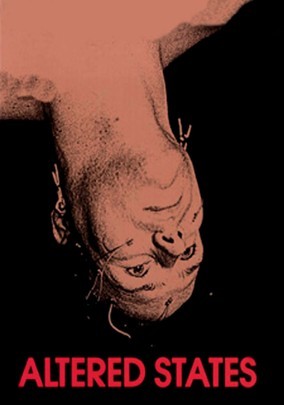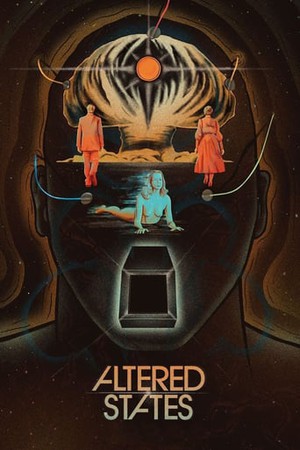

This is an open access article distributed under the terms of the Creative Commons Attribution License, which permits unrestricted use, distribution, and reproduction in any medium, provided the original author and source are credited.ĭata Availability: The Dance of Souls data set is available on the Open Science Framework ( ) and on the Science of BDSM website ( ).įunding: Kathryn R. Received: Accepted: MaPublished: May 13, 2016Ĭopyright: © 2016 Lee et al. PLoS ONE 11(5):Įditor: Alex Mesoudi, University of Exeter, UNITED KINGDOM (2016) Altered States of Consciousness during an Extreme Ritual. Overall, the ritual appeared to induce different physiological effects but similar psychological effects in focal ritual participants (i.e., pierced dancers) and in participants adopting other roles.Ĭitation: Lee EM, Klement KR, Ambler JK, Loewald T, Comber EM, Hanson SA, et al. Pierced and non-pierced participants showed different physiological reactions, however, with pierced participants showing increases in cortisol and non-pierced participants showing decreases from before to during the ritual. Both pierced and non-pierced participants also reported decreases in negative affect and psychological stress and increases in intimacy from before to after the ritual. Both pierced participants (pierced dancers) and non-pierced participants (piercers, piercing assistants, observers, drummers, and event leaders) showed evidence of altered states aligned with transient hypofrontality (Dietrich, 2003 measured with a Stroop test) and flow (Csikszentmihalyi, 1990 Csikszentmihalyi & Csikszentmihalyi, 1990 measured with the Flow State Scale). Participants also completed measures of positive and negative affect, salivary cortisol (a hormone associated with stress), self-reported stress, sexual arousal, and intimacy. Participants in the “Dance of Souls”, a 3.5-hour event during which participants received temporary piercings with hooks or weights attached to the piercings and danced to music provided by drummers, responded to measures of two altered states of consciousness. In addition, when Forbes asked the Sharks why deals don’t fall through, Mark Cuban, Kevin O'Leary, and Daymond John said that sometimes deals don’t go through mainly because of what happens during the due diligence process after filming.Extreme rituals (body-piercing, fire-walking, etc.) are anecdotally associated with altered states of consciousness-subjective alterations of ordinary mental functioning (Ward, 1984)-but empirical evidence of altered states using both direct and indirect measures during extreme rituals in naturalistic settings is limited. Others said that it was a mutual decision for them and their Sharks to part ways. And with that, came tremendous growth in their businesses and ideas.

#Altered states cast tv
RELATED: Top Guest Sharks On 'Shark Tank' Ranked, According To Net WorthĪ few business owners admitted that they only went on TV to gain publicity for their businesses. They discovered that 51% of those entrepreneurs who made deals on the show, didn’t close the deal. In fact, Daymond John revealed that on the 7th season of Shark Tank, almost 80% of the deals made on camera, closed.įurthermore, Forbes spoke to some of the business owners that made deals in recent seasons of Shark Tank, seasons 8 through 13, precisely 112 of them. According to Business Insider, not all handshakes that are done on Shark Tank lead to fruition.


 0 kommentar(er)
0 kommentar(er)
